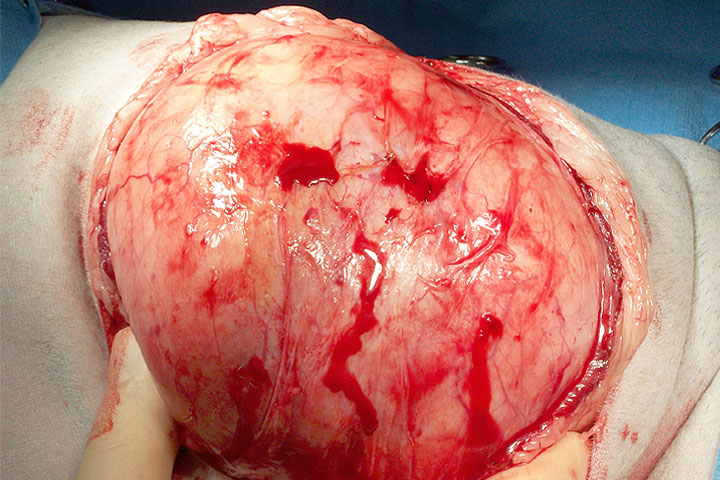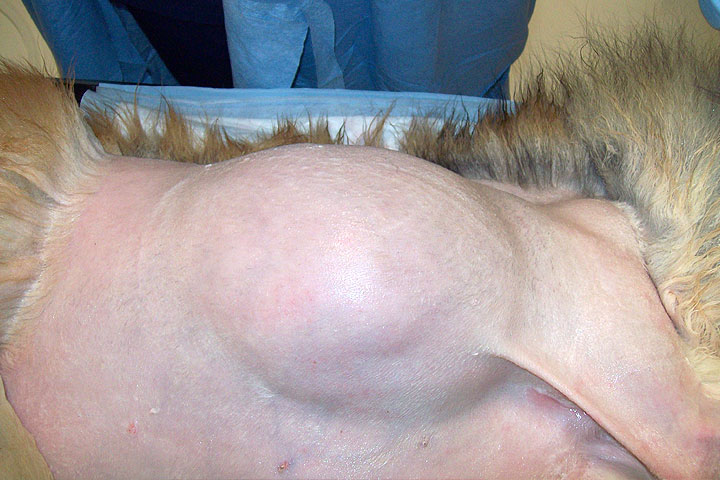
Oncology
When is a Lipoma not a Lipoma?
Have you ever been mortified to find that the simple lumpectomy you promised has turned into something more? And, as a rule, the greater your pre-operative confidence, the greater the mortification when it becomes apparent that your confidence may have been misplaced.
Very occasionally, other masses masquerade as lipomas, and we get caught out. We can’t protect you completely from this, but here are a few useful tips:
Capsule: as you know, true lipomas develop within a thin fibrous capsule. This capsule confers an ellipsoid shape. A soft mobile mass which is broader at its base than its apex is almost certainly NOT a lipoma.
Mobility: The lipoma capsule does not infiltrate into neighbouring tissues. Therefore a lipoma should be mobile with respect to the neighbouring structures. Sometimes lipomas are located beneath a layer of skeletal muscle and the sheer lack of space limits the amount you can move a mass. The depth of the mass should be evident to you though, so you can account for this in your assessment. A superficial soft mass which does not move freely in relation to neighbouring tissues, including skin, is NOT a lipoma.
Blood: Lipomas are almost exclusively comprised of benign lipocytes. These cells have a very low metabolic rate and therefore a very low demand for oxygen and nutrients. Lipomas are not vascular masses. If fine needle aspirate of a mass consistently yields blood, it is NOT a lipoma.
Cytology: The presence of mature lipocytes on cytology does not prove a diagnosis of lipoma. If fat is present in a tissue that otherwise does not shed cells willingly in response to aspiration, fat cells will be retrieved.
Location: Lipomas occur almost exclusively on the ventrolateral trunk. The favoured sites are the axillary and inguinal regions. Be aware that infiltrative lipoma, a totally different entity, does occur in association with skeletal muscle, most frequently infiltrating the muscles of the limbs. Infiltrating lipoma is NOT a ‘normal’ lipoma. It can only be removed by complete compartmental excision of the muscle into which it infiltrates.


Case Advice or Arranging a Referral
If you are a veterinary professional and would like to discuss a case with one of our team, or require pre-referral advice about a patient, please call 01883 741449. Alternatively, to refer a case, please use the online referral form